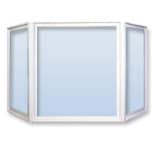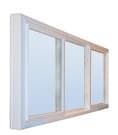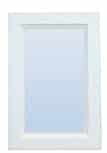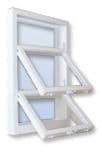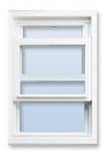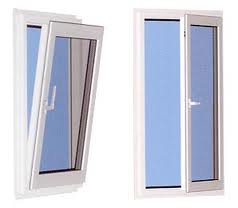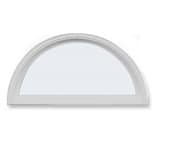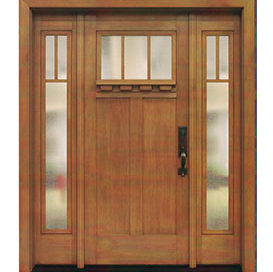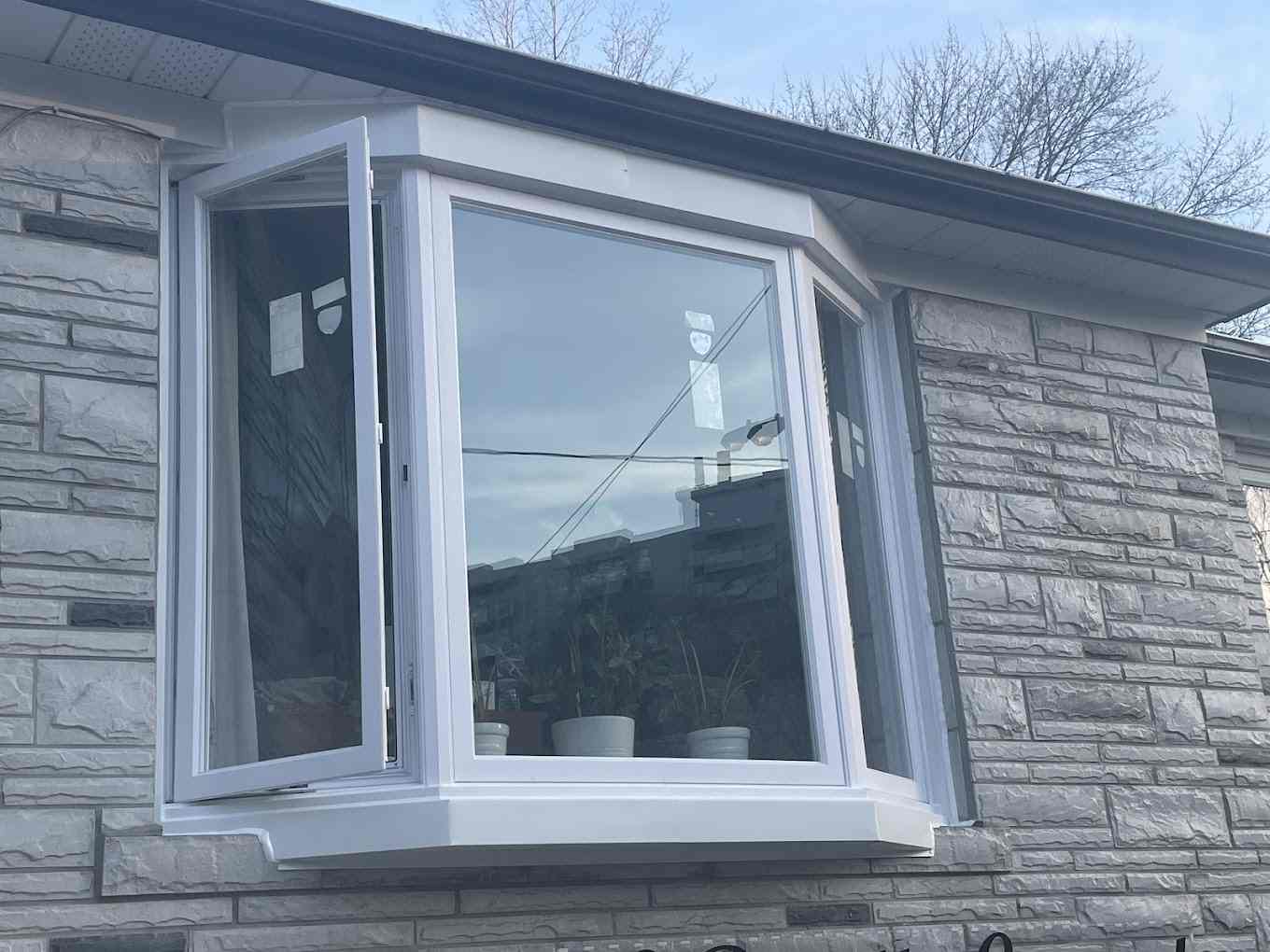
How to Prevent Frost on Windows This Winter
Winter is fast approaching and with it comes colder temperatures, snow, and ice. It also brings issues such as frost on windows. In your youth, you might consider window frost to be a sign of newly fallen snow. However, as an adult, you know that it can lead to issues such as ice accumulation and possible leaks.
So how does one stop ice from forming on windows? The experts at Direct Pro Windows and Doors have compiled a helpful guide to help prevent ice build-up from forming on your windows.
How Frost on Windows is Formed
During the warmer months, such as Summer and Spring, water vapor, or humidity may cause condensation to form on your windows. Humidity is that feeling of heaviness in the air that causes one to feel sticky, sweaty, tired, and just generally uncomfortable. During the colder months of winter, this same moisture then turns to ice. It can often become trapped in your home and tends to form frost on the windowpane.
As soon as the surface temperature on the exterior of your windows drops below the dew point, the water changes from a gas form to a liquid. When this water vapor is then exposed to the moisture inside your home, it forms ice on the inside of windows as well as on the outside.
It might not seem like a major issue at the time, but prolonged frost on windows can cause both structural and architectural problems to both the flame and the window itself. When the frost melts, the liquid can cause the wood to rot as well as discolor. This can then lead to mold and mildew issues, which are a hazard to your health, especially if you have breathing issues such as asthma or COPD. Single pane windows are especially susceptible to this issue as the water can permeate the wallboard thus saturating the insulation and resulting in mold.
How to Prevent Frost on Windows
Here are some steps you can take to prevent frost on windows in the future:
- Check gas appliances for malfunctions as water vapor can be released into the air via damaged equipment.
- Inspect plumbing for leaks and make necessary repairs.
- Place all house plants in one room. Do not over-water.
- Install a carbon monoxide detector.
- Do not air-dry clothes in your home. If it is a must first dry them in the dryer to remove excess moisture.
- Store firewood outside.
- Keep a rolled up town in the window sill at night to absorb excess condensation.
If you have taken all the above precautions and are still experiencing frost on windows, it might be time to replace your windows. We can meet with you in the privacy of your own home to assess the condition of your current windows. They can help you determine a solution for your issues or advice if you need window replacement. Call today before Winter is upon us to prevent any issues.



